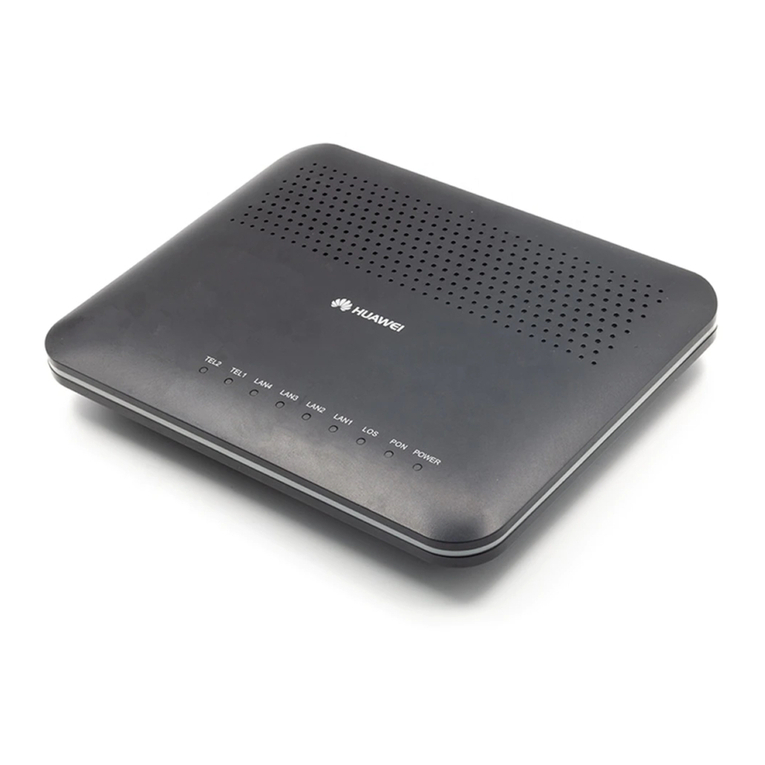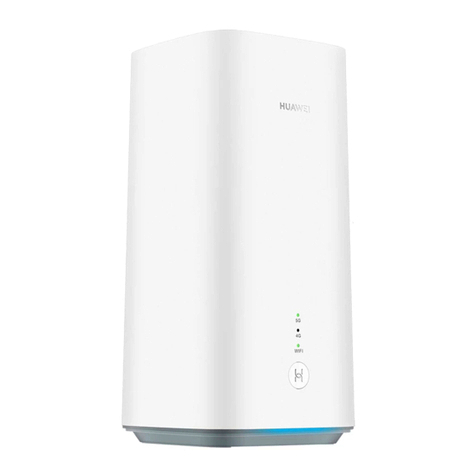Huawei OptiX PTN Series User manual
Other Huawei Network Router manuals

Huawei
Huawei Vodafone B970 User manual
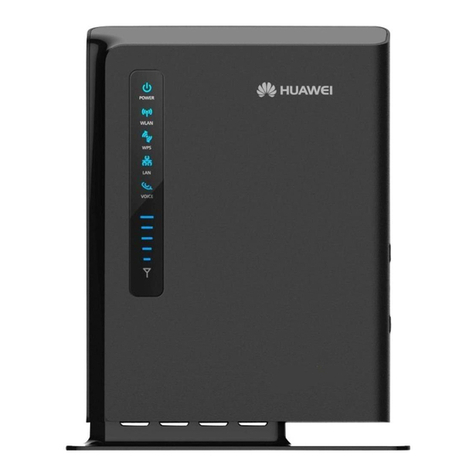
Huawei
Huawei E5172As-22 Technical specifications

Huawei
Huawei 31010GEV User manual
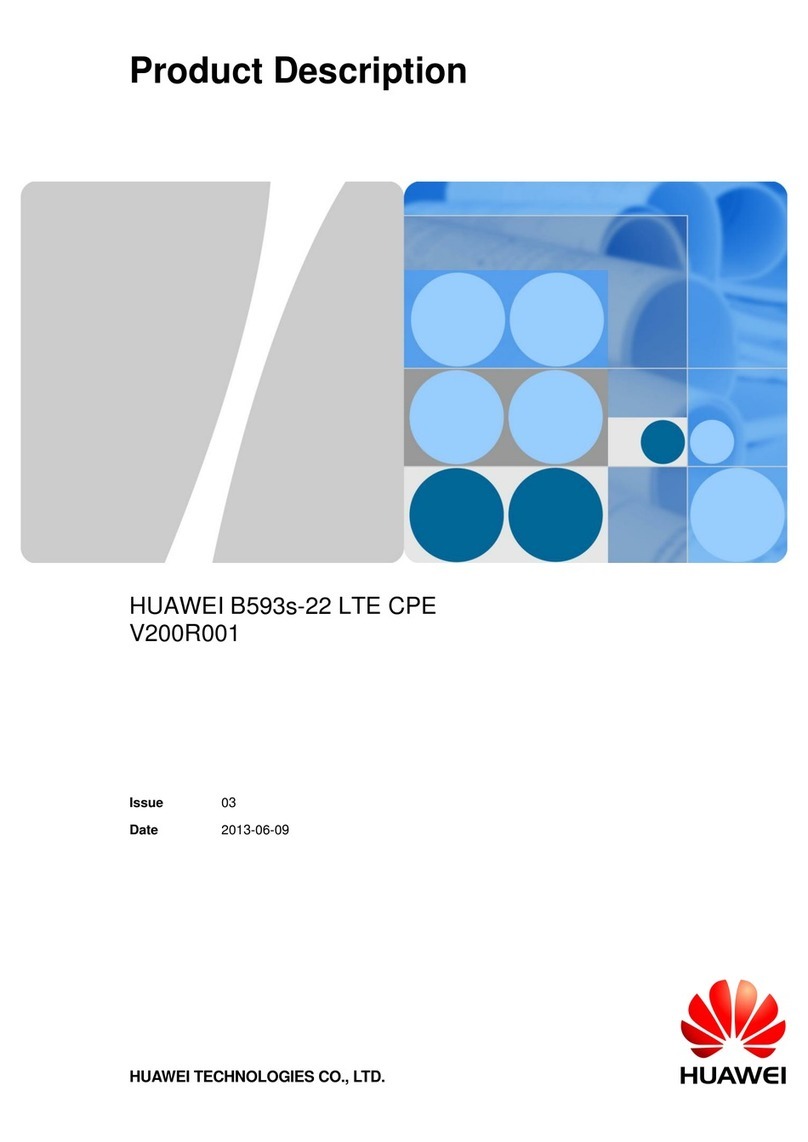
Huawei
Huawei V200R001 Technical specifications
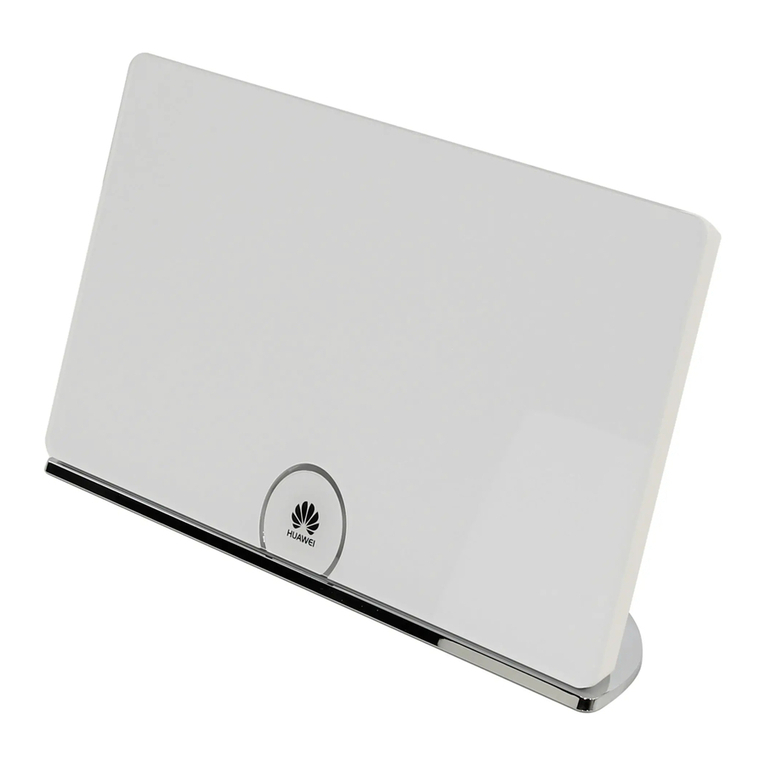
Huawei
Huawei WS880 User manual
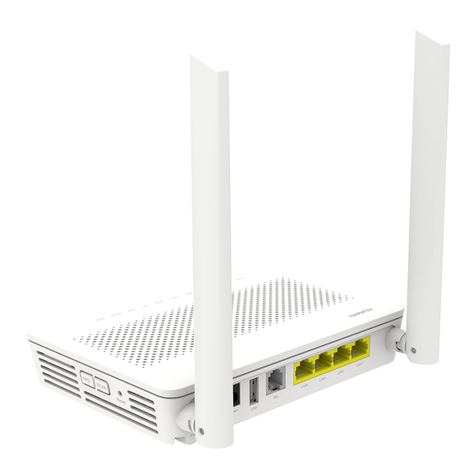
Huawei
Huawei Baudcom EG8145V5 User manual
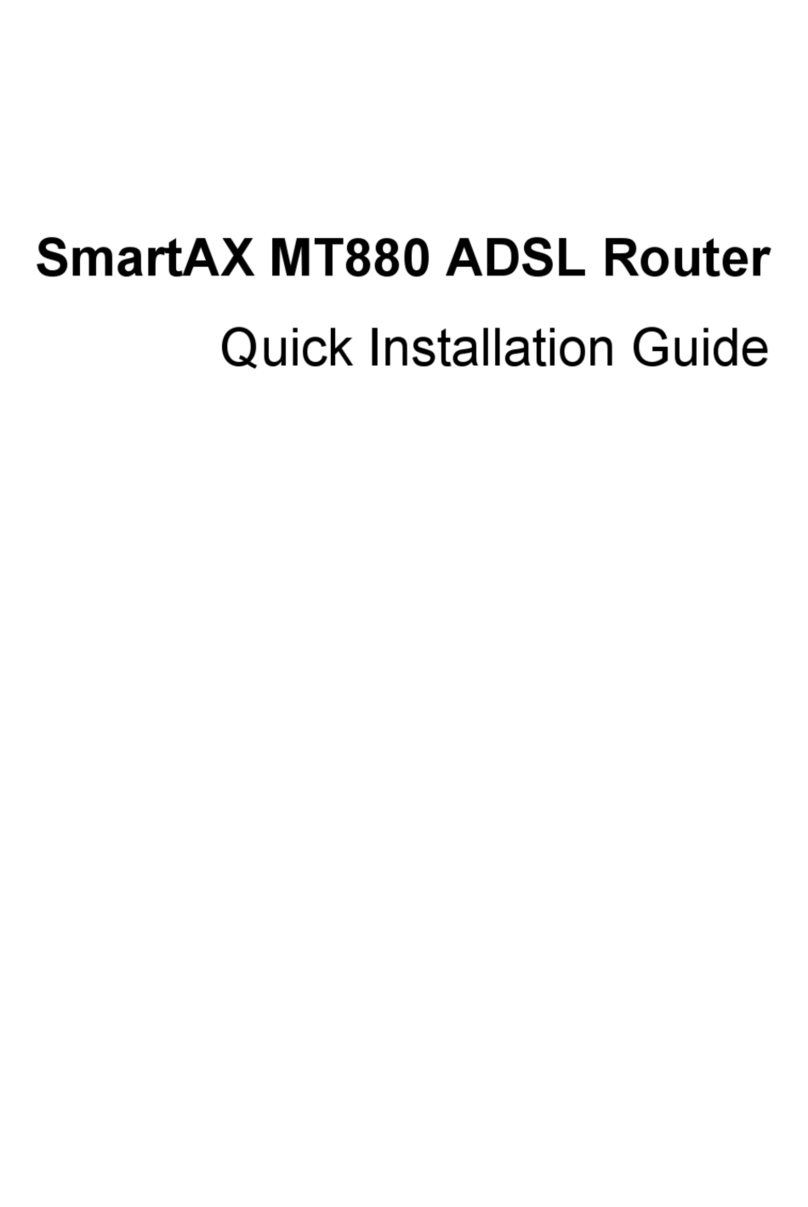
Huawei
Huawei SmartAX MT880 User manual
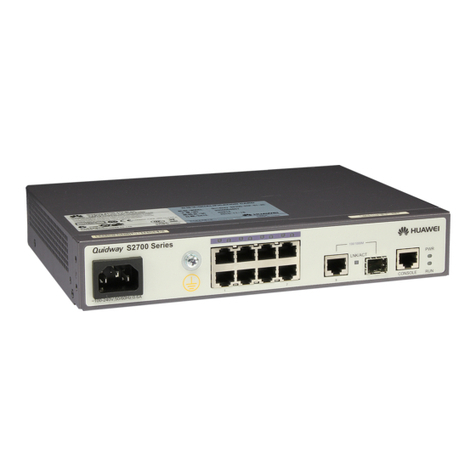
Huawei
Huawei Enterprise S2700 Series User manual

Huawei
Huawei AR1200 Series Instruction Manual

Huawei
Huawei WS7001 User manual
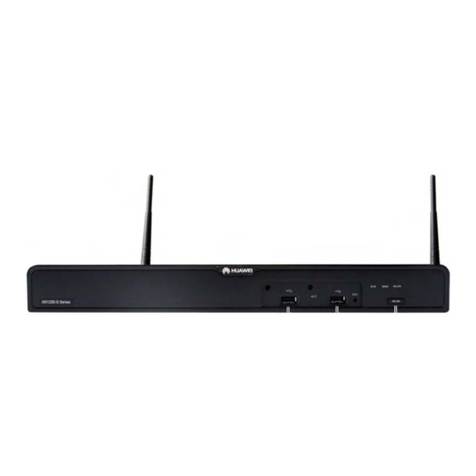
Huawei
Huawei AR1200-S Series Guide

Huawei
Huawei AR530 Series User manual
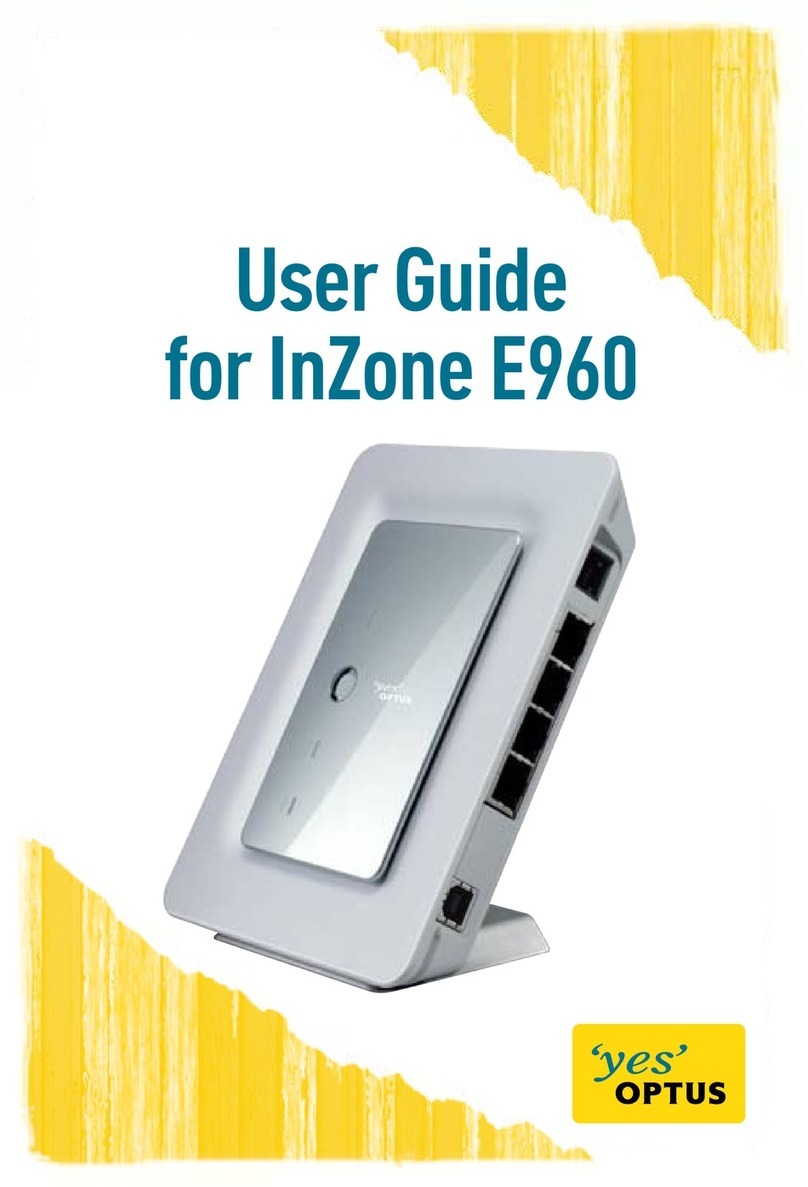
Huawei
Huawei InZone E960 User manual
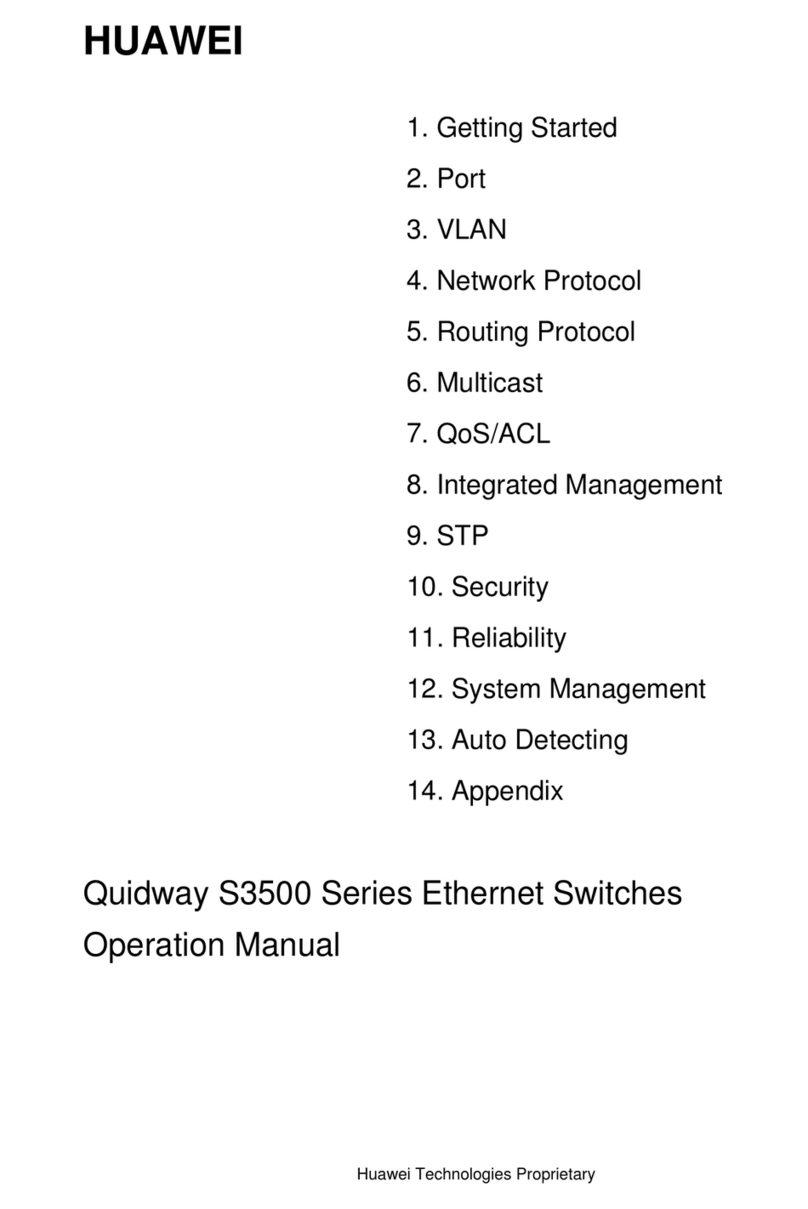
Huawei
Huawei Quidway S3500 Series User manual
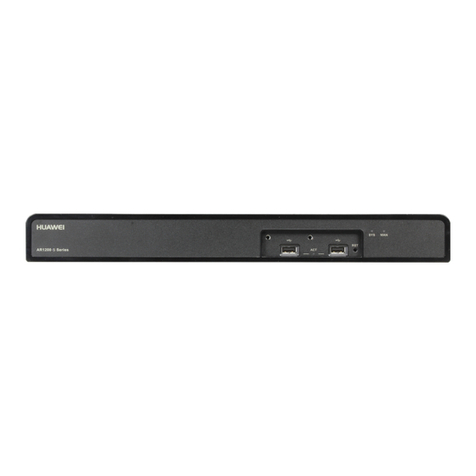
Huawei
Huawei AR1200-S Series User manual
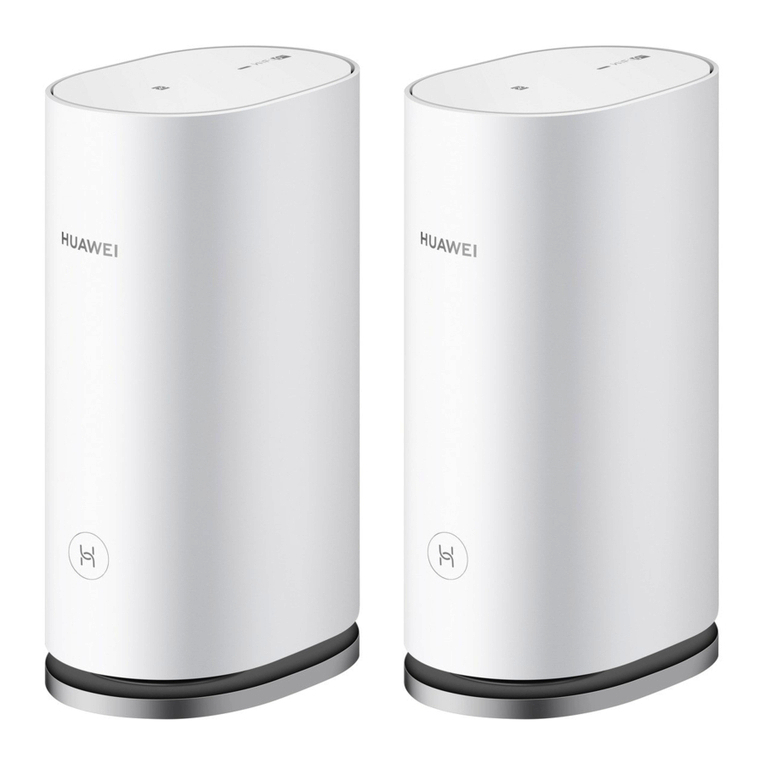
Huawei
Huawei WiFi Mesh 7 User manual
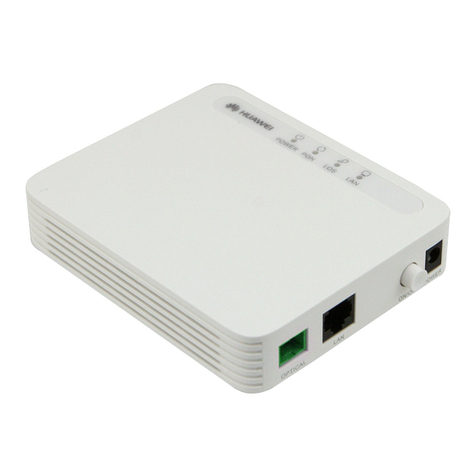
Huawei
Huawei HG8010 series User manual
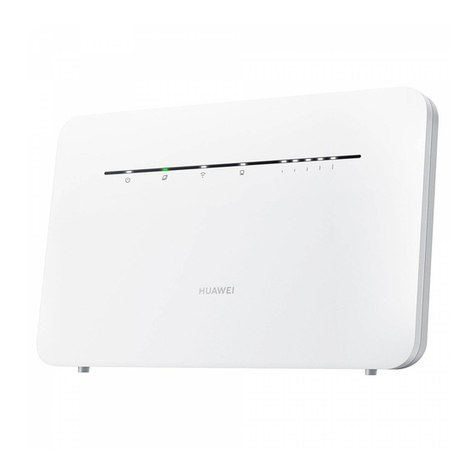
Huawei
Huawei B535-232 Technical specifications
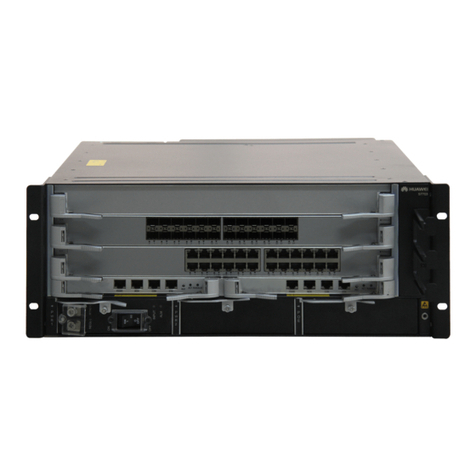
Huawei
Huawei quidway s7700 User manual
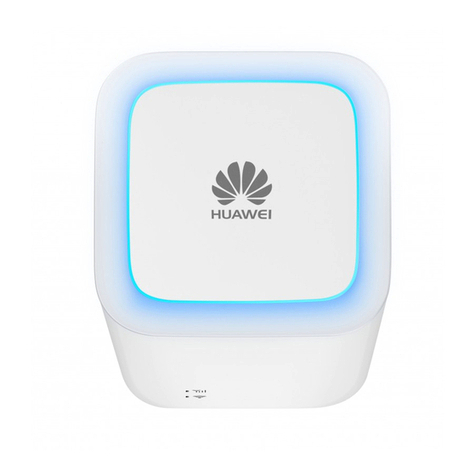
Huawei
Huawei E5180 User manual
Popular Network Router manuals by other brands

TRENDnet
TRENDnet TEW-435BRM - 54MBPS 802.11G Adsl Firewall M Quick installation guide

Siemens
Siemens SIMOTICS CONNECT 400 manual

Alfa Network
Alfa Network ADS-R02 Specifications

Barracuda Networks
Barracuda Networks Link Balancer quick start guide

ZyXEL Communications
ZyXEL Communications ES-2024PWR Support notes

HPE
HPE FlexNetwork 5510 HI Series Openflow configuration guide
